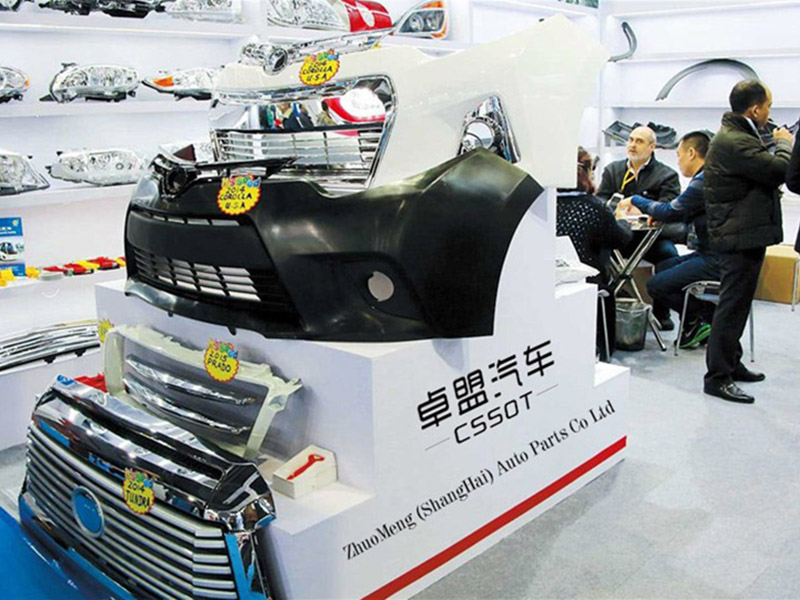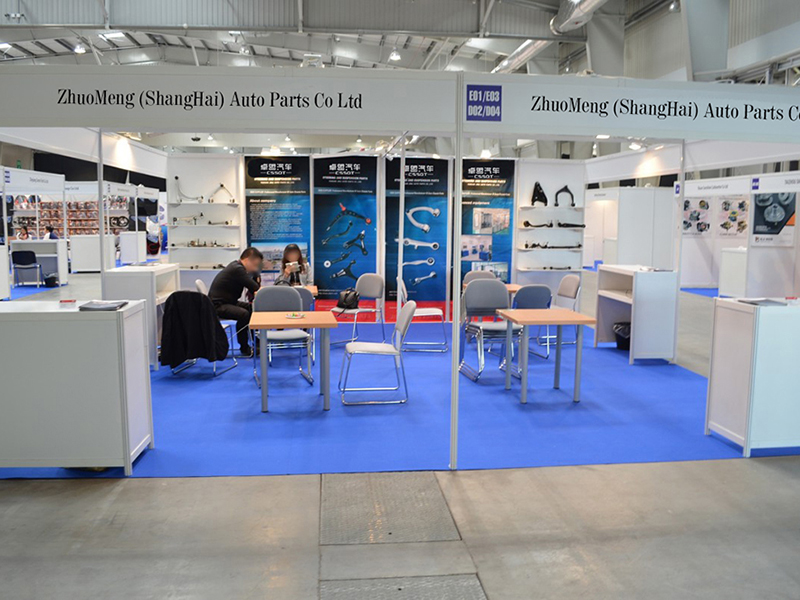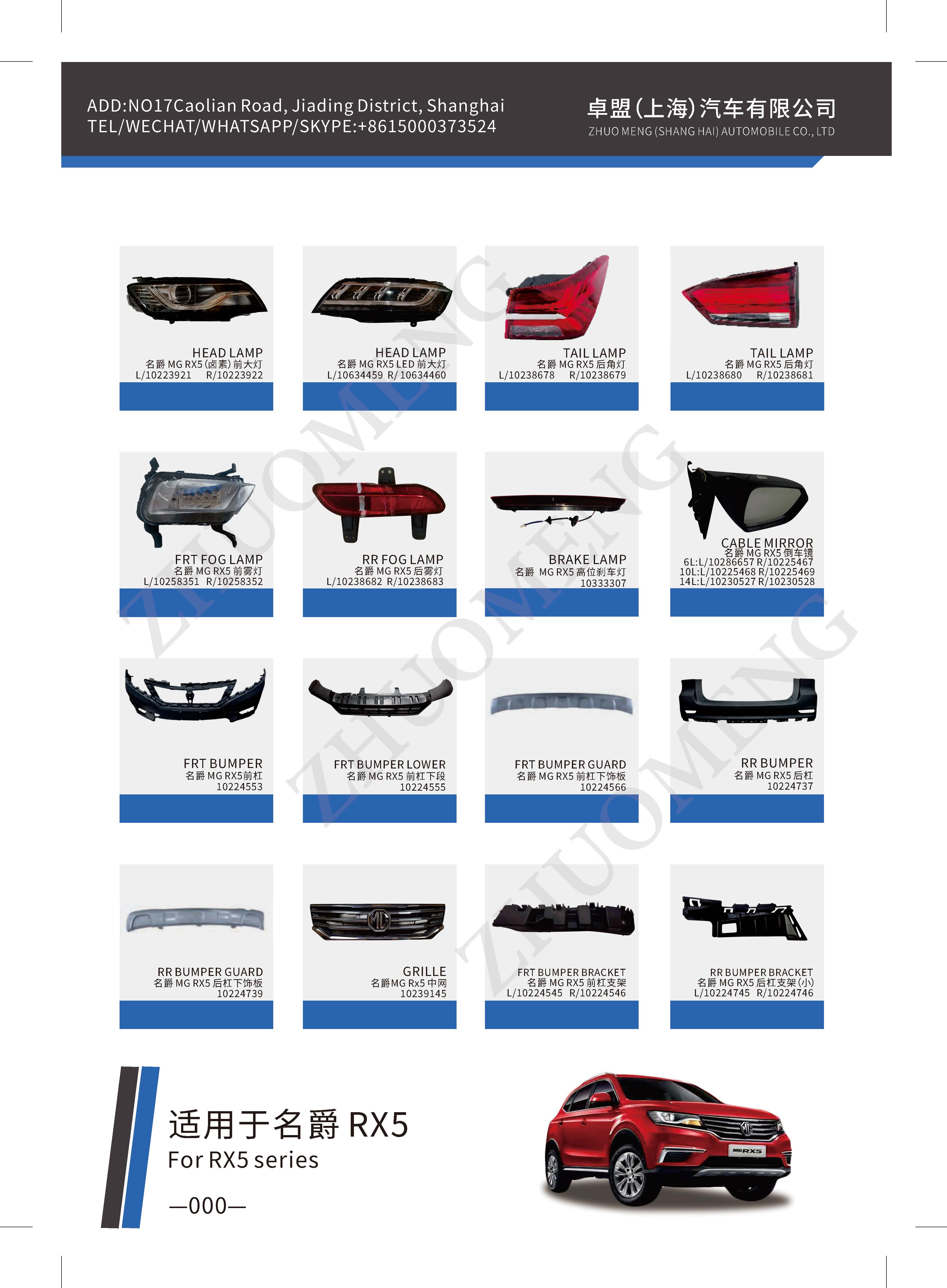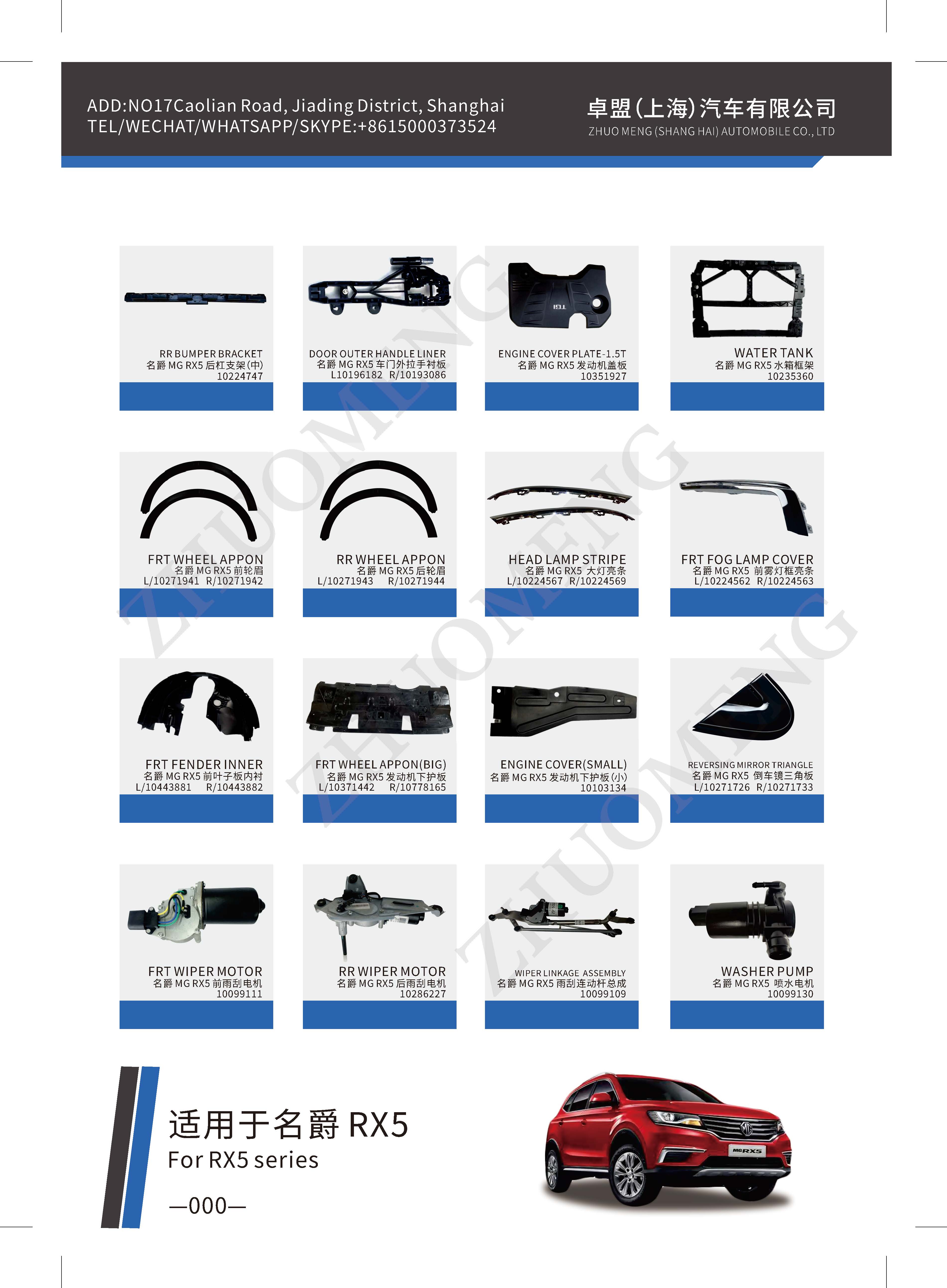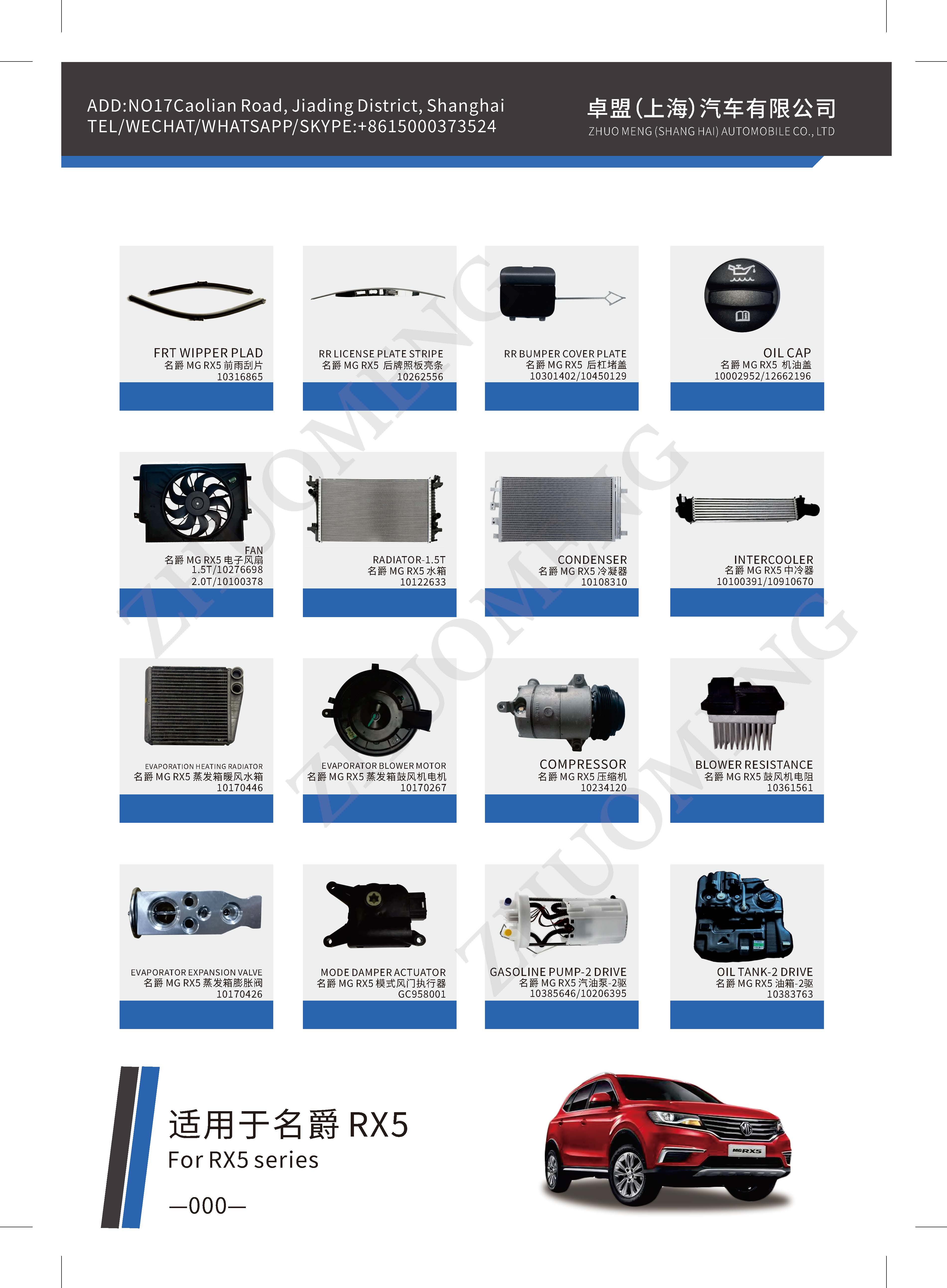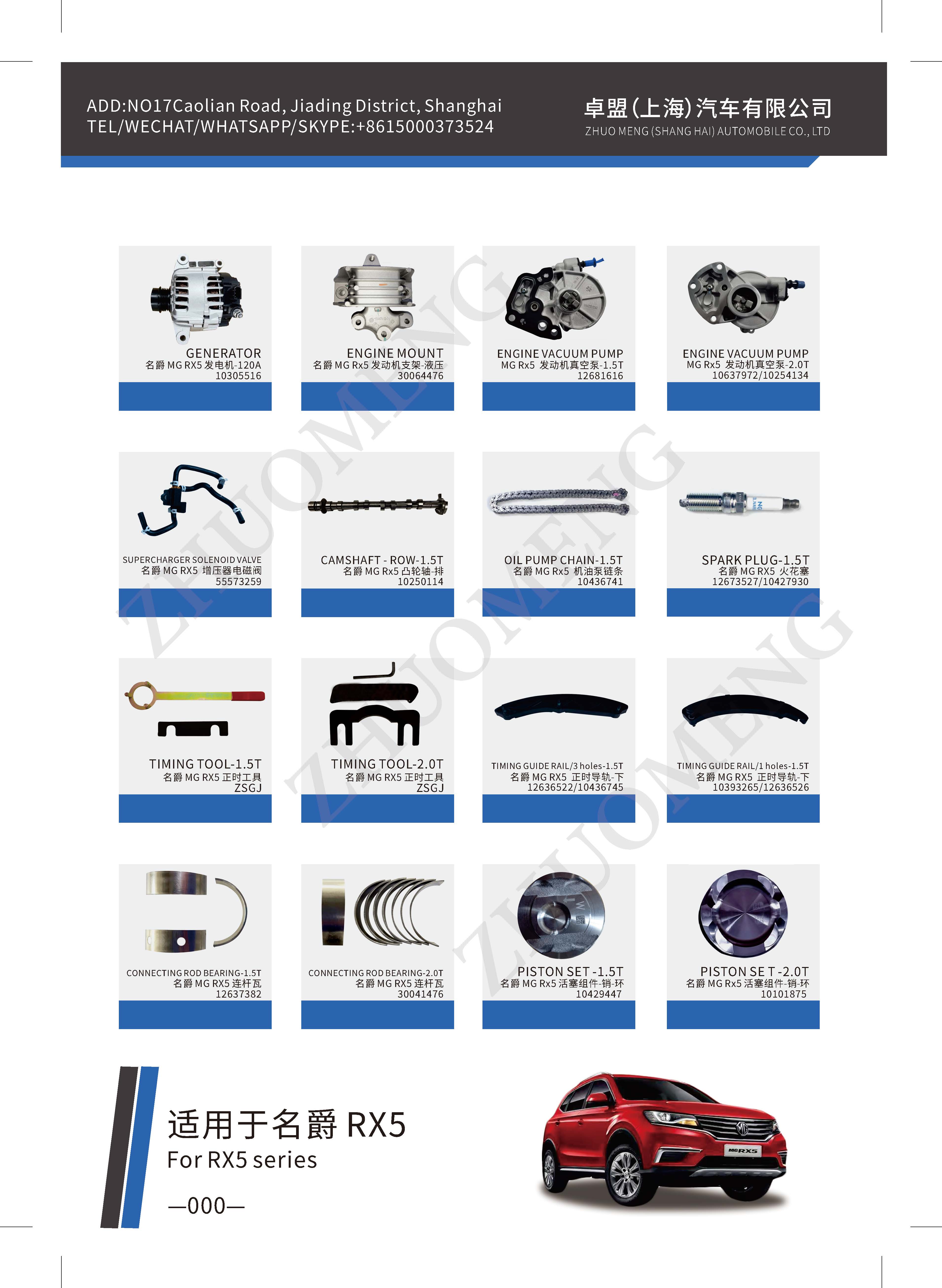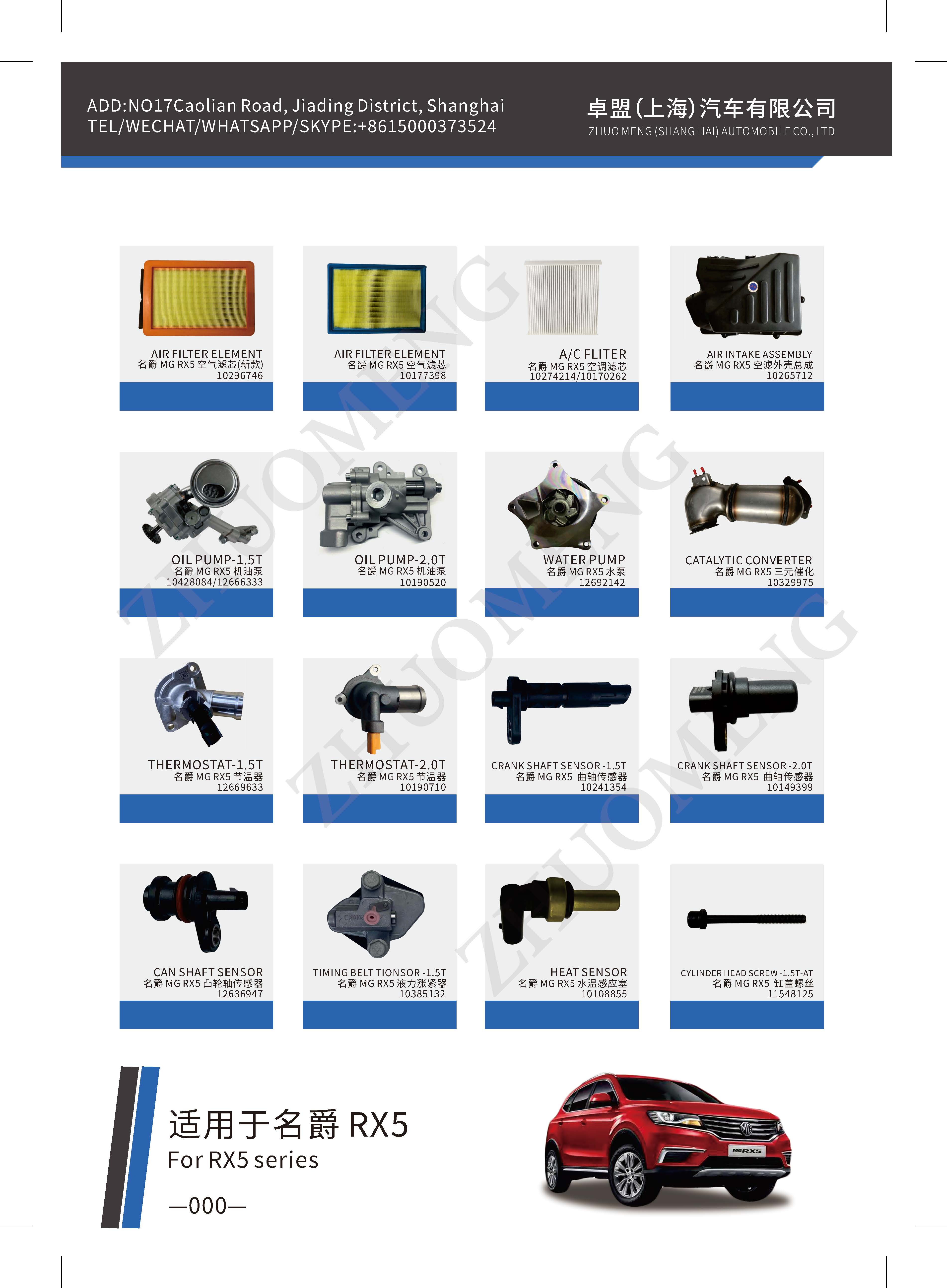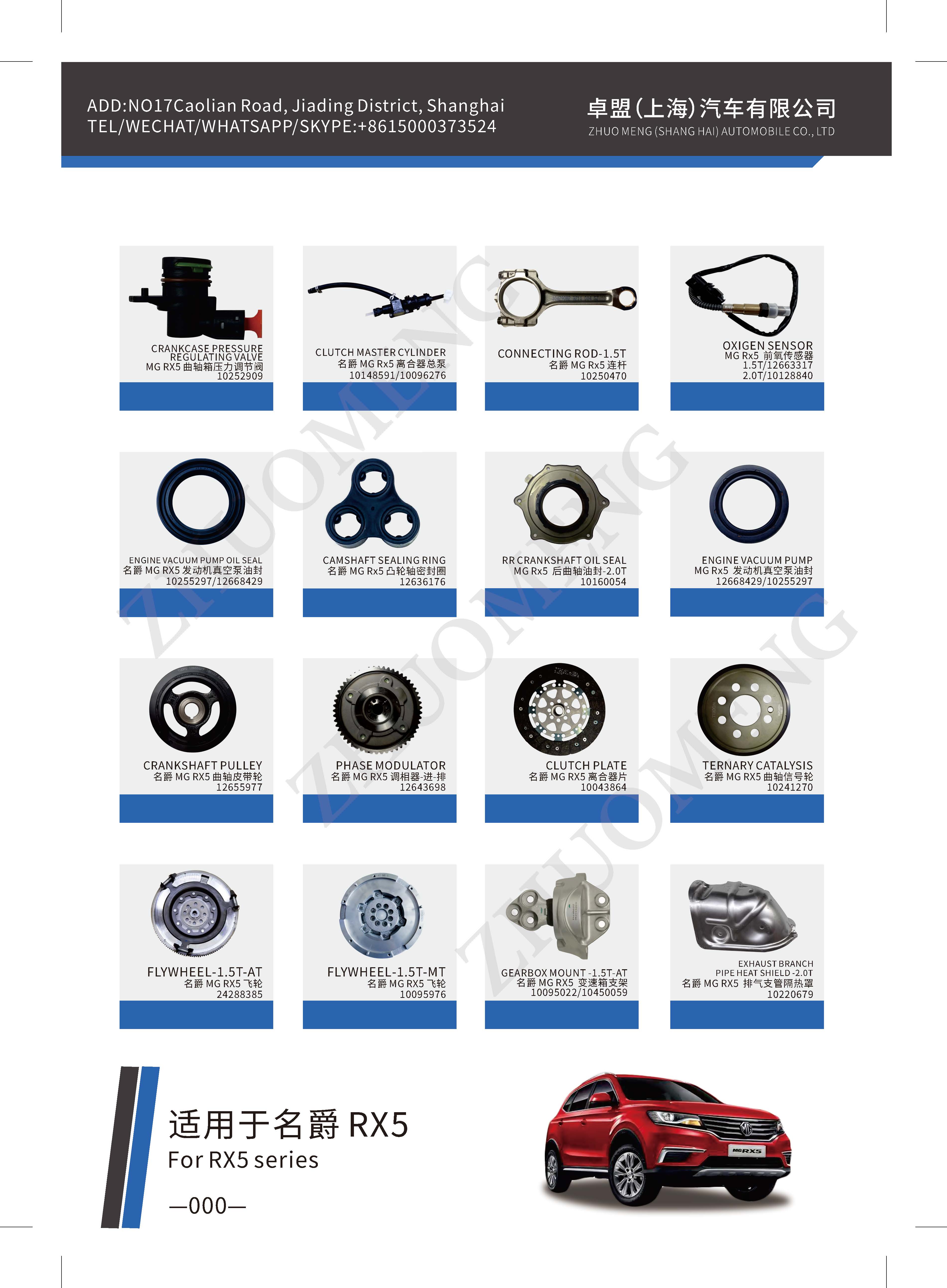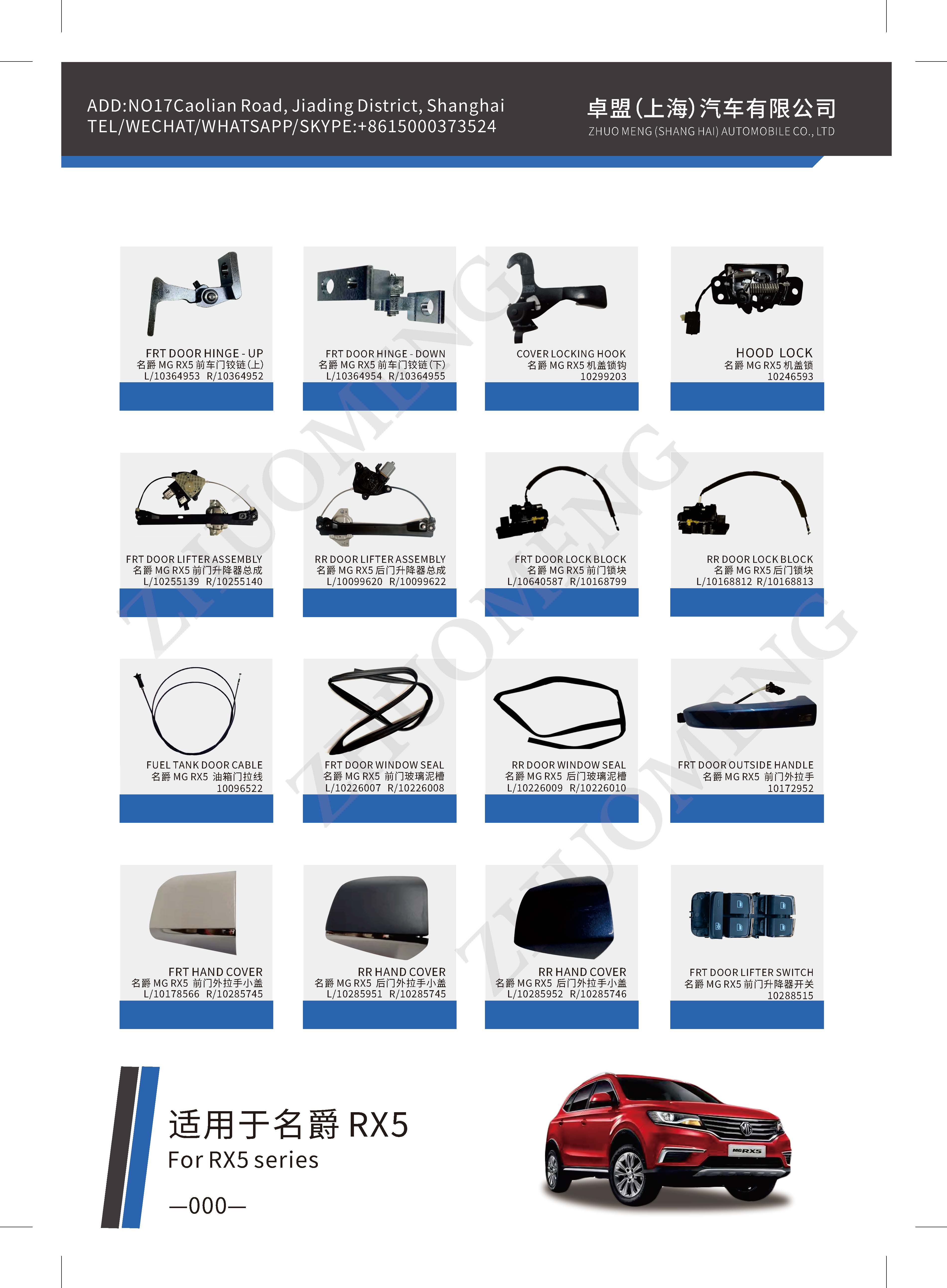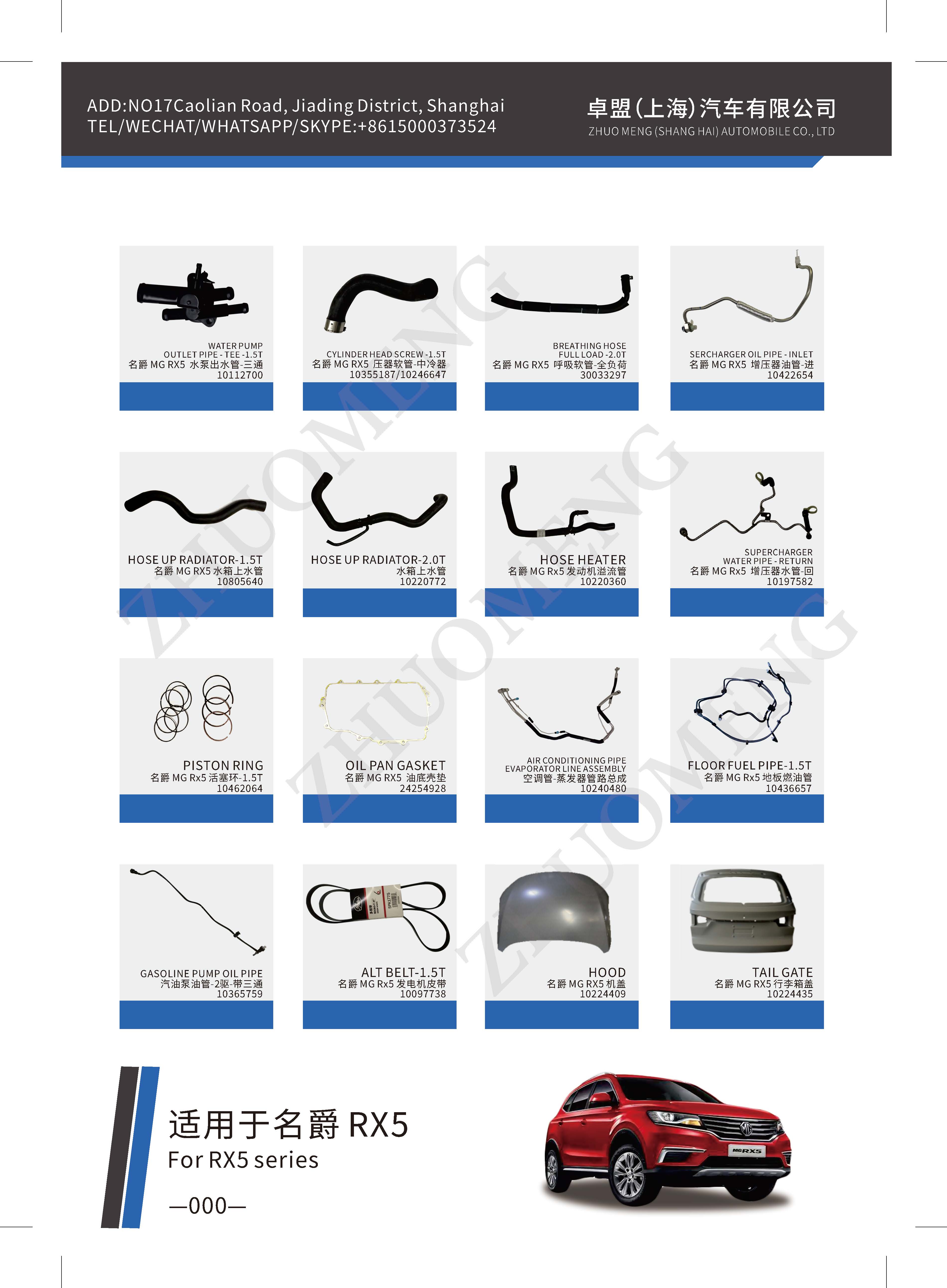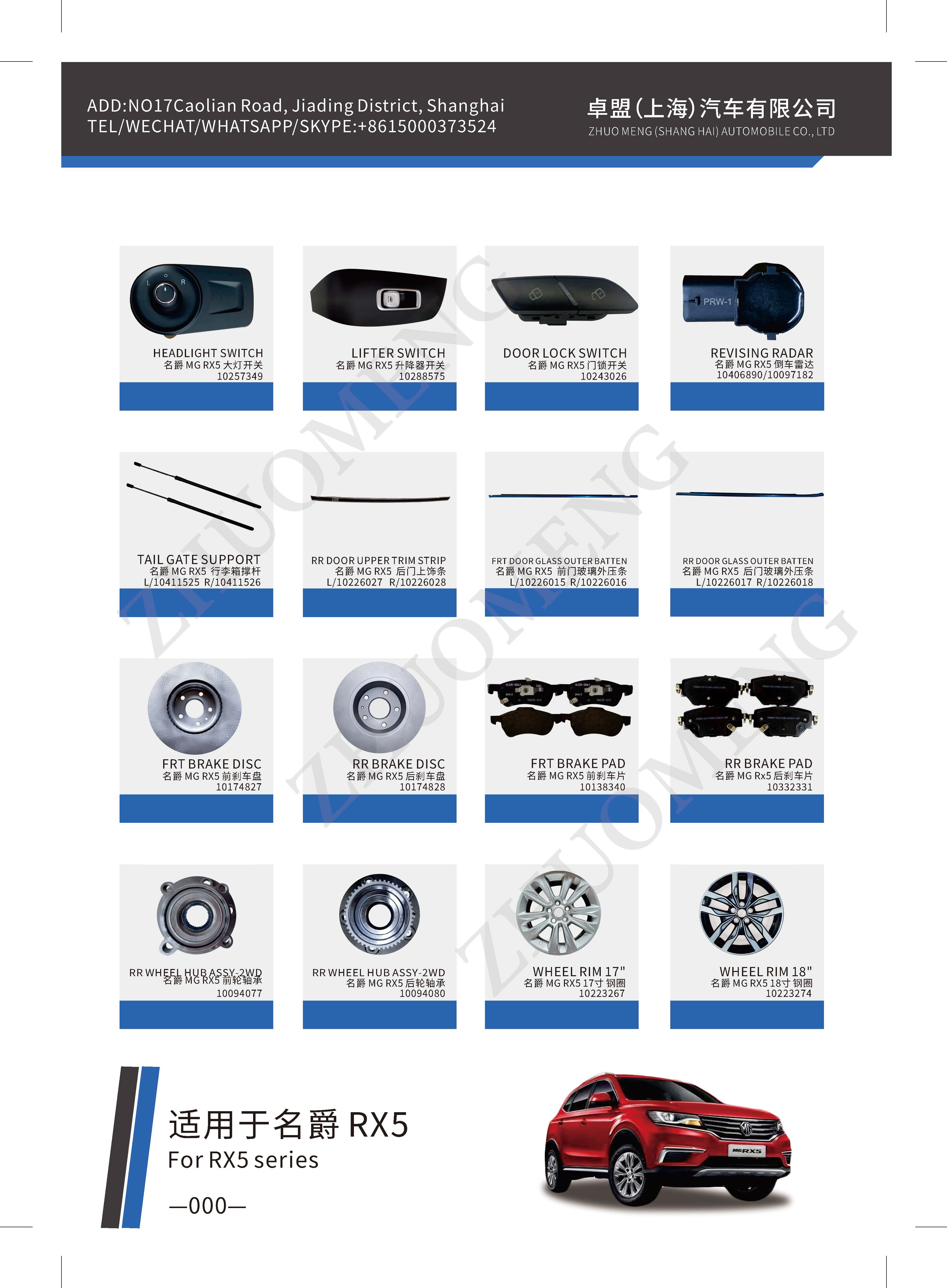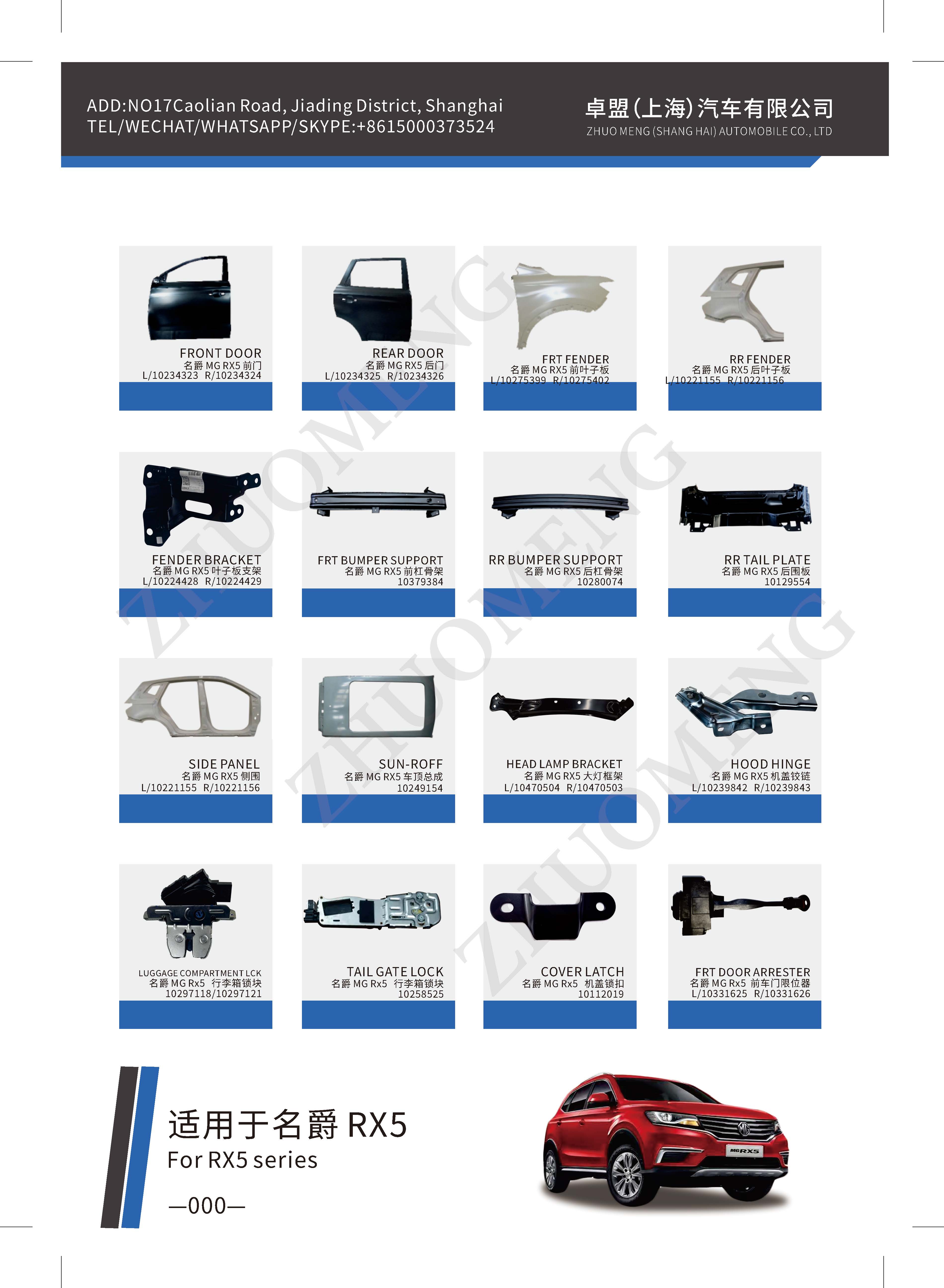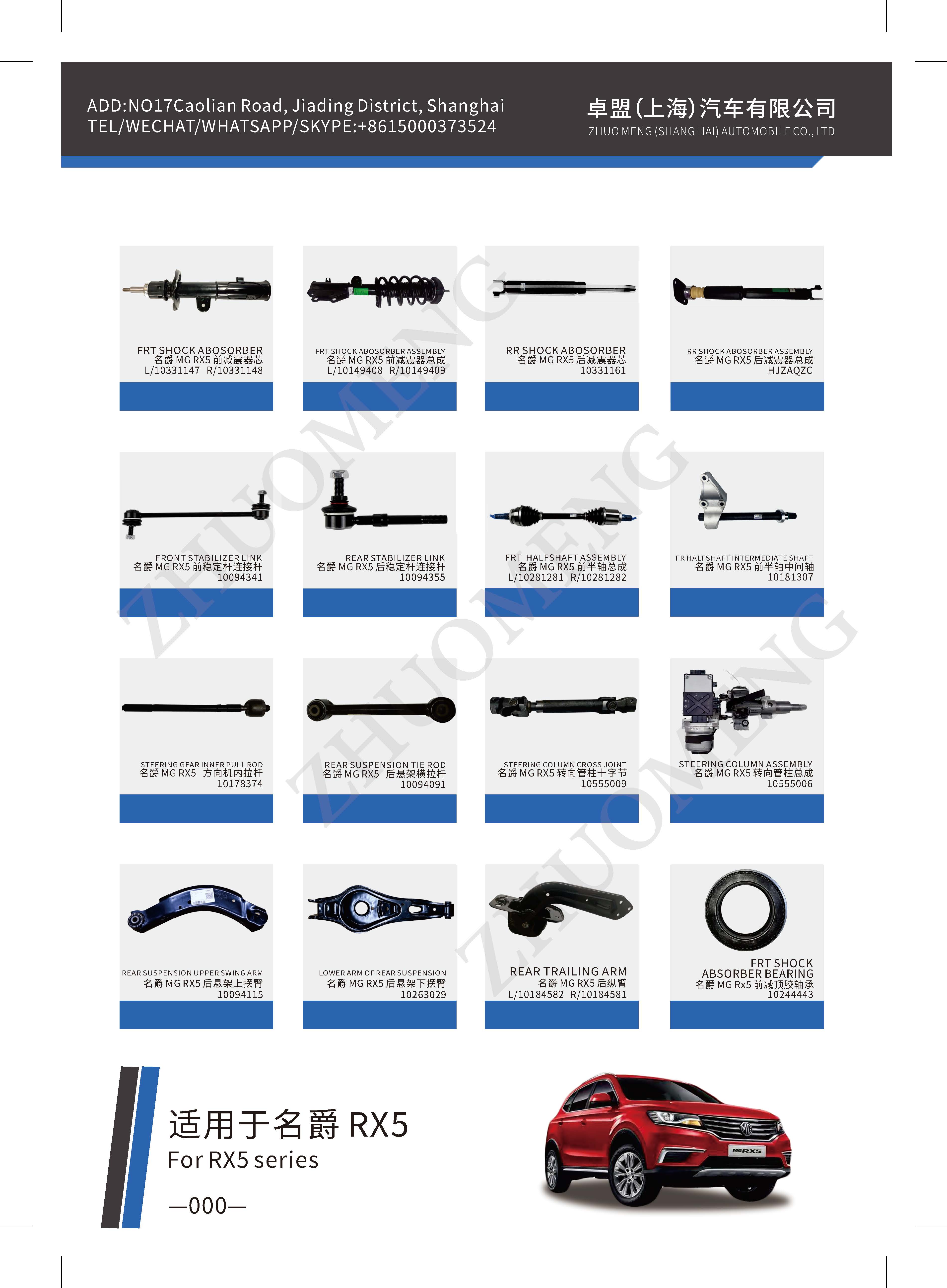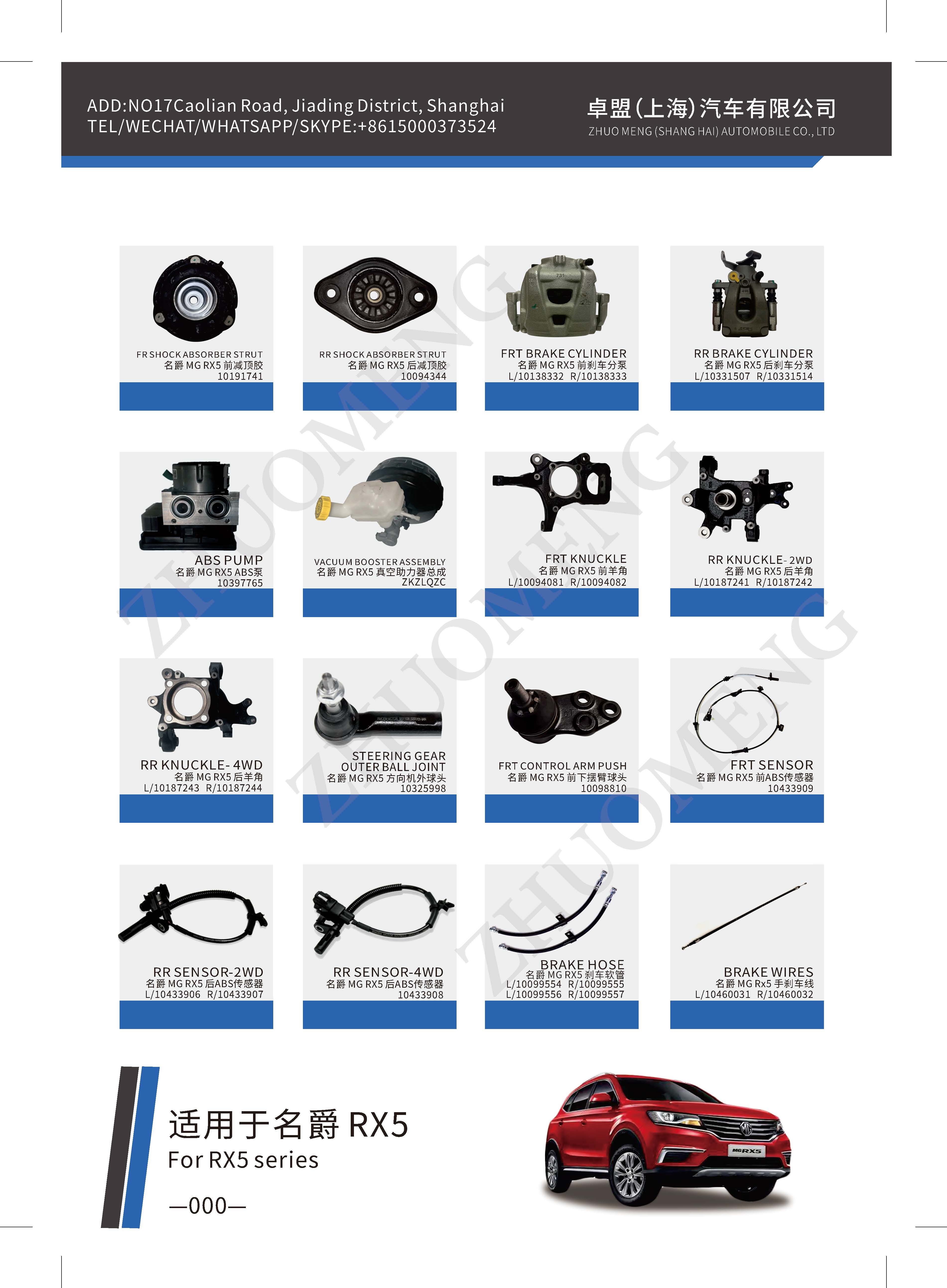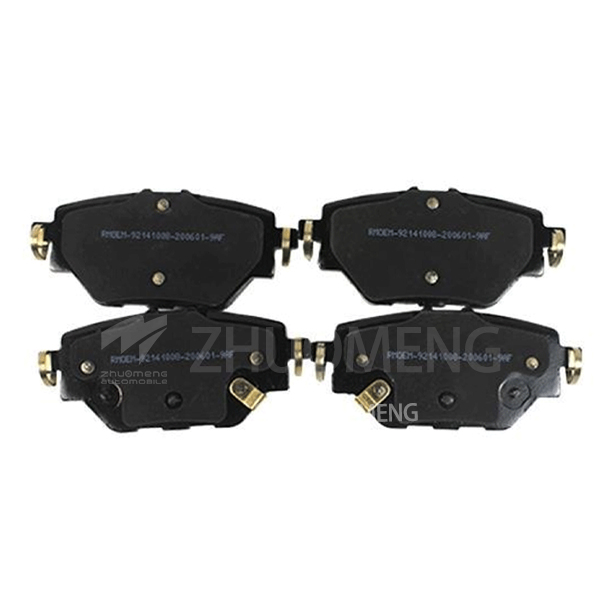1. Under normal driving conditions, check the brake shoes every 5000 kilometers, not only to check the remaining thickness, but also to check the wear state of the shoes, whether the wear degree on both sides is the same, whether the return is free, etc., abnormal situation must be dealt with immediately.
2. Brake shoes are generally composed of two parts: iron lining plate and friction material. Do not replace shoes until friction material is worn away. The Jetta's front brake shoes, for example, are 14 millimeters thick, but the limit thickness for replacement is 7 millimeters, including more than 3 millimeters of iron lining and nearly 4 millimeters of friction material. Some vehicles have brake shoe alarm function, once the wear limit has been reached, the meter will warn to replace the shoe. Reach the use limit of the shoe must be replaced, even if it can be used for a period of time, it will reduce the effect of braking, affecting the safety of driving.
3. When replacing, the brake pads provided by the original spare parts should be replaced. Only in this way can the braking effect between the brake pads and the brake discs be the best and wear the least.
4. Special tools must be used to push the brake pump back when replacing the shoe. Do not use other crowbars to press back hard, which may cause the brake clamp guide screw bending, so that the brake pad stuck.
5. After replacement, we must step on several brakes to eliminate the gap between the shoe and the brake disc, resulting in the first foot no brake, prone to accidents.
6. After the replacement of brake shoes, it is necessary to run in 200 kilometers to achieve the best braking effect. The newly replaced shoes must be driven carefully
How to replace brake pads:
1. Release the handbrake and loosen the hub screw of the wheel that needs to change the brake (note that the screw is loosened, not completely screwed down). Jack up the car. Then take off the tires. Before braking, it is best to spray the brake system with a special brake cleaning solution to avoid powder entering the respiratory tract and affecting health.
2. Unscrew the brake caliper (for some cars, just unscrew one and unscrew the other)
3. Hang the brake caliper with a rope to avoid damage to the brake line. Then remove the old brake pads.
4. Use a C-clamp to push the brake piston back to the center. (Please note that before this step, lift the hood and unscrew the lid of the brake oil box, as the brake fluid level will rise as you push the brake piston). Put on the new brake pads.
5. Put the brake caliper back on and screw the caliper to the required torque. Put the tire back on and tighten the hub screws slightly.
6. Lower the jack and tighten the hub screws thoroughly.
7. Because in the process of changing the brake pads, we push the brake piston to the very inside, the brake will be very empty at the beginning. After a few steps in a row, it's all right.

